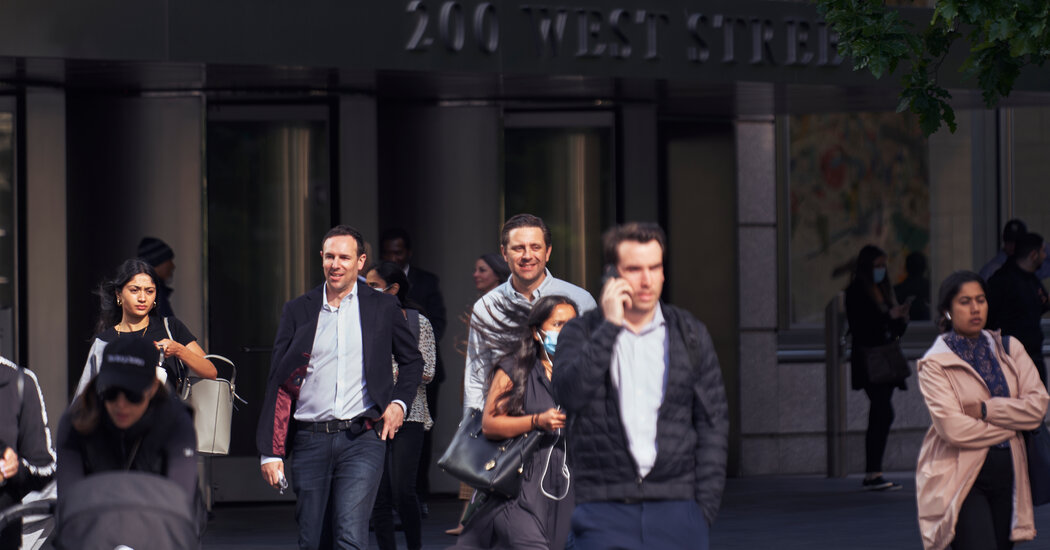“I’m trying to fill office buildings, and I say to JPMorgan, Goldman Sachs, I tell them all, ‘Listen, I need your people back in the office so we can build the ecosystem,'” New York City Mayor Eric Adams said this week. The city, which relies heavily on tax revenues from huge Midtown offices, recently announced a strict policy of in-person work for city employees.
“What does that look like when city workers are home when I tell everyone it’s time to go back to work?” Mr Adams added. “City workers should take the lead in saying, ‘New York could be back.’”
‘A fake story we told ourselves’
Bottom line aside, the back-to-office debate is about what kind of culture will prevail once the business world emerges from the pandemic. And for all the might of Mr. Musk, Mr. Dimon, and Mr. Adams, they may be fighting a shift bigger than any company or city.
If the more than two years of remote experimentation during the pandemic have taught us anything, it’s that many people can be productive outside the office, and many are happier that way. This is especially true for people with young children or long commutes, immigrant employees who find it more difficult to fit into the standard office culture, or people with other personal circumstances that make working in offices less attractive.
“We’re still struggling to let go of the ideal worker stereotype, even though, for many people and occupations and demographics in the US, that person never really existed,” said Colleen Ammerman, director of the Gender Initiative at Harvard. business school. “I think with remote working, and hybrid, we have the potential to really step away from that and really rethink what it means to be on a leadership track, what it means to be a high performer and get away from being associated by always being in the office.”
While the pandemic has changed course, there are signs that the work-from-home trend is actually accelerating. A recent survey by the National Bureau of Economic Research found that employers now say they will allow employees to work from home on average 2.3 days a week, up from 1.5 days in the summer of 2020.
It’s not just the office – it’s the commute too. The Wall Street Journal reported this week that nearly all major cities with the largest drop in office occupancy during the pandemic had an average one-way trip of more than 30 minutes; and most cities with the smallest declines had shorter commutes.

